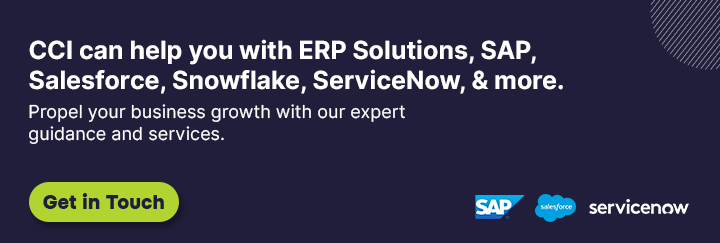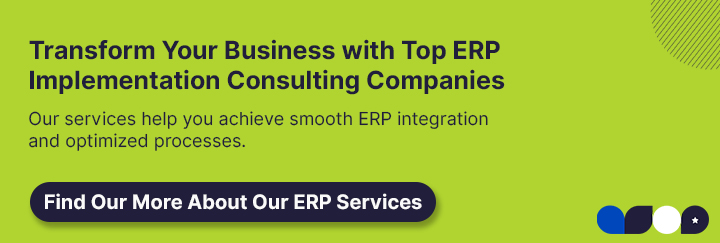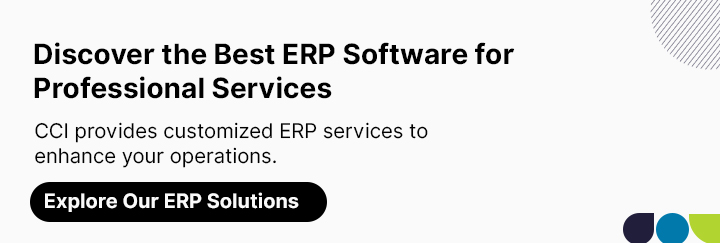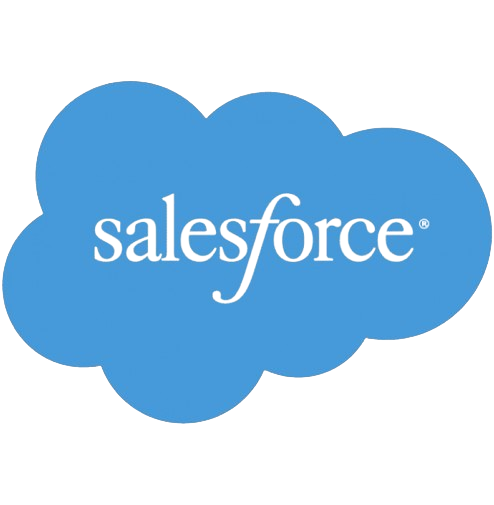Snowflake’s Multi-Cloud Capabilities: Benefits & Strategies Across Platforms (AWS, Azure, GCP)
Updated on December 2, 2025
In 2025, businesses are increasingly adopting multi-cloud strategies to enhance flexibility, avoid vendor lock-in, and optimize data operations. Snowflake, a leading cloud-based data platform, stands out with its robust multi-cloud capabilities, enabling seamless deployment across Amazon Web Services (AWS), Microsoft Azure, and Google Cloud Platform (GCP).
By separating compute from storage and offering a unified experience, Snowflake empowers organizations to manage data workloads with agility, scalability, and security. Cloud Consulting Inc. (CCI), a trusted Salesforce AppExchange and Snowflake partner, specializes in implementing Snowflake’s multi-cloud solutions to drive data-driven outcomes for small to medium sized businesses and enterprises.
>> Related Post: Snowflake Pricing: Implementation Cost and Pricing Details [2025]
What are Snowflake’s Multi-Cloud Capabilities?
Snowflake’s multi-cloud architecture allows organizations to deploy its Data Cloud across AWS, Azure, and GCP, providing a consistent experience regardless of the underlying cloud provider. Snowflake launched on AWS in 2014, followed by Azure and GCP, with full multi-cloud capabilities available by 2020.
Snowflake’s cross-cloud data sharing, unified governance, and native integration with tools like Tableau and Power BI make it a versatile solution for modern data needs.
>> Related Post: Snowflake vs Servicenow: Which one is better in 2025?
Key Features of Snowflake’s Multi-Cloud Capabilities
Snowflake’s multi-cloud capabilities are built on a robust architecture designed for flexibility, performance, and governance. Below are the core features:
1. Unified Platform Across Clouds
- Description: Snowflake delivers a consistent user experience, interface, and SQL-based query engine across AWS, Azure, and GCP, abstracting underlying cloud complexities.
- Application: Enables organizations to manage data workloads without retraining staff or rewriting code for different clouds.
- Example: A retail SMB runs identical analytics on AWS and Azure, ensuring operational consistency.
2. Separated Compute and Storage
- Description: Snowflake’s architecture decouples computing and storage, allowing independent scaling and per-second pricing for cost efficiency.
- Application: Optimizes performance for varying workloads, such as high-concurrency analytics or low-latency queries.
- Example: A financial firm optimizes computer scaling for peak reporting without increasing storage costs.
3. Cross-Cloud Data Sharing
- Description: Snowflake’s Data Sharing and Marketplace enable secure, real-time data sharing across clouds and regions without data movement.
- Application: Facilitates collaboration with partners or business units on different cloud platforms.
- Example: A global manufacturer shares supply chain data between AWS and GCP-hosted accounts instantly.
4. Unified Governance and Security
- Description: Provides consistent security policies, role-based access control (RBAC), encryption, and data masking across all clouds.
- Application: Ensures compliance with GDPR, CCPA, and industry standards like HIPAA.
- Example: A healthcare provider enforces data masking across Azure and GCP deployments.
5. Snowpark and Native App Framework
- Description: Snowpark supports data pipelines in Java, Scala, and Python, while the Native App Framework enables secure app development within Snowflake.
- Application: Accelerates custom analytics and app deployment across clouds.
- Example: A logistics company builds a forecasting app on Snowpark, deployable on AWS or Azure.
6. Multi-Cluster Shared Data Architecture
- Description: Allows multiple compute clusters to operate on the same data with ACID compliance, ensuring transactional integrity.
- Application: Supports high-concurrency workloads without performance degradation.
- Example: An e-commerce firm processes thousands of simultaneous queries during a sale.
>> Related Post: Top Advantages of ERP Systems in 2025 [ERP Benefits]
Benefits of Snowflake’s Multi-Cloud Capabilities
Snowflake’s multi-cloud approach delivers transformative benefits for businesses seeking flexibility and efficiency:
- Cloud Flexibility:
Avoids vendor lock-in by enabling deployment across AWS, Azure, and GCP, leveraging each provider’s strengths (e.g., AWS’s global reach, Azure’s Microsoft integration, GCP’s AI/ML tools).
- Cost Efficiency:
Separated computing and storage with per-second pricing reduces costs for variable workloads, compared to traditional data warehouses.
- Scalability:
Supports petabyte-scale data and thousands of concurrent users, with infinite elasticity across clouds.
- Seamless Data Sharing:
Eliminates data silos by enabling real-time sharing across clouds, improving collaboration.
- Unified Governance:
Simplifies compliance with a single governance model, reducing administrative overhead.
- Enhanced Performance:
Multi-cluster architecture ensures sub-second query performance, even for complex analytics.
- Security and Compliance:
Encrypts data at rest and supports regulatory standards, which is critical for industries like finance and healthcare.
Use Cases for Snowflake’s Multi-Cloud Capabilities
Snowflake’s multi-cloud capabilities address diverse business needs across industries. Below are key use cases:
1. Data Warehousing
- Use Case: Consolidates structured and semi-structured data into a single, scalable warehouse across AWS, Azure, or GCP.
- Benefit: Reduces data management costs and improves query performance.
- Example: A retail SMB unifies sales data across AWS and Azure, enabling real-time analytics.
2. Data Lakehouse
- Use Case: Combines data lakes and warehouses for BI and ML workloads, leveraging cloud-native storage like AWS S3 or Azure ADLS.
- Benefit: Supports structured and unstructured data, cutting analytics costs.
- Example: A logistics firm builds a lakehouse on Snowflake and GCP for predictive maintenance.
3. Cross-Cloud Collaboration
- Use Case: Shares live data with partners or subsidiaries on different clouds via Snowflake’s Data Marketplace.
- Benefit: Accelerates collaboration, reducing data-sharing latency.
- Example: A global bank shares financial data between AWS and Azure-hosted accounts securely.
4. Advanced Analytics and AI
- Use Case: Uses Snowpark for ML pipelines and integrates with cloud-native AI tools like GCP’s Vertex AI or Azure Machine Learning.
- Benefit: Speeds up AI model deployment, enhancing predictive capabilities.
- Example: A healthcare provider runs ML models on Snowflake and Azure for patient outcome predictions.
5. Regulatory Compliance
- Use Case: Implements consistent security and governance across clouds for regulated industries.
- Benefit: Ensures compliance with GDPR, HIPAA, and CCPA, reducing audit costs.
- Example: A pharmaceutical company uses Snowflake on AWS GovCloud for secure data storage.
>> Related Post: Top ERP Systems with Advanced AI Features in 2025
Strategies for Leveraging Snowflake Across AWS, Azure, and GCP
To maximize Snowflake’s multi-cloud capabilities, businesses should adopt these CCI-guided strategies:
- Assess Cloud Strengths: Choose AWS for global coverage, Azure for Microsoft ecosystem integration, or GCP for AI/ML capabilities, aligning with business needs.
- Optimize Cost Management: Use Snowflake’s per-second pricing and CCI’s expertise to scale compute dynamically, reducing costs.
- Implement Cross-Cloud Data Sharing: Leverage Snowflake’s Data Sharing and Cross-Cloud Auto-fulfillment to enable real-time collaboration without data movement.
- Unify Governance: Apply Snowflake’s RBAC, data masking, and encryption consistently across clouds to streamline compliance.
- Leverage Low-Code Tools: Use Snowpark and the Native App Framework to build custom analytics and apps, reducing development time.
- Monitor with BI Tools: Integrate Snowflake with Power BI or Tableau for real-time monitoring, ensuring data quality and performance.
- Partner with CCI: CCI’s advisory and implementation services optimize Snowflake deployments, ensuring seamless integration with AWS, Azure, and GCP.
>> Related Post: ERP & Business Intelligence: Role and Benefits in 2025/2026
Snowflake Services Offered By CCI:
- Snowflake Professional Services
- Snowflake Consulting Services
- Snowflake Integration Services
- Snowflake Implementation Services
Conclusion
Snowflake’s multi-cloud capabilities, running seamlessly on AWS, Azure, and GCP, empower businesses to manage data with unparalleled flexibility, scalability, and security in 2025. Features such as unified governance, cross-cloud data sharing, and separate computing and storage deliver cost savings, improved performance, and enhanced compliance. Use cases, from data warehousing to AI-driven analytics, demonstrate Snowflake’s versatility across industries.
By adopting strategic approaches like cost optimization and low-code development, businesses can maximize ROI. Contact CCI today to harness Snowflake’s multi-cloud potential and transform your data strategy.
FAQs
1. What makes Snowflake’s multi-cloud approach unique?
Snowflake’s cloud-agnostic platform delivers a consistent experience across AWS, Azure, and GCP, with separate computing and storage for scalability.
2. How does Snowflake reduce costs in a multi-cloud setup?
Per-second pricing and dynamic compute scaling cut costs for variable workloads.
3. Can Snowflake share data across different clouds?
Yes, Snowflake’s Data Sharing and Marketplace enable real-time, secure data sharing without movement.
4. What is the implementation timeline for Snowflake’s multi-cloud?
Basic deployments take 1-3 months, with CCI streamlining the setup for faster adoption.
5. How does CCI support Snowflake multi-cloud deployments?
CCI provides advisory, implementation, and integration services, optimizing Snowflake with tools like Integrow for seamless multi-cloud operations.









